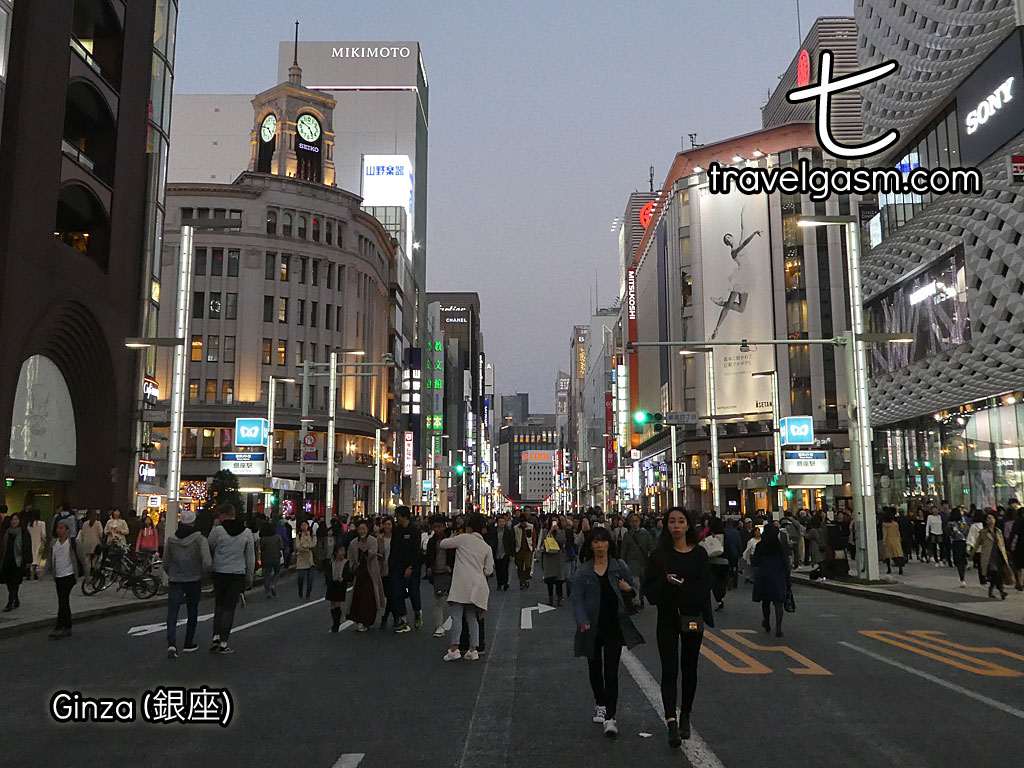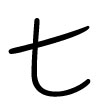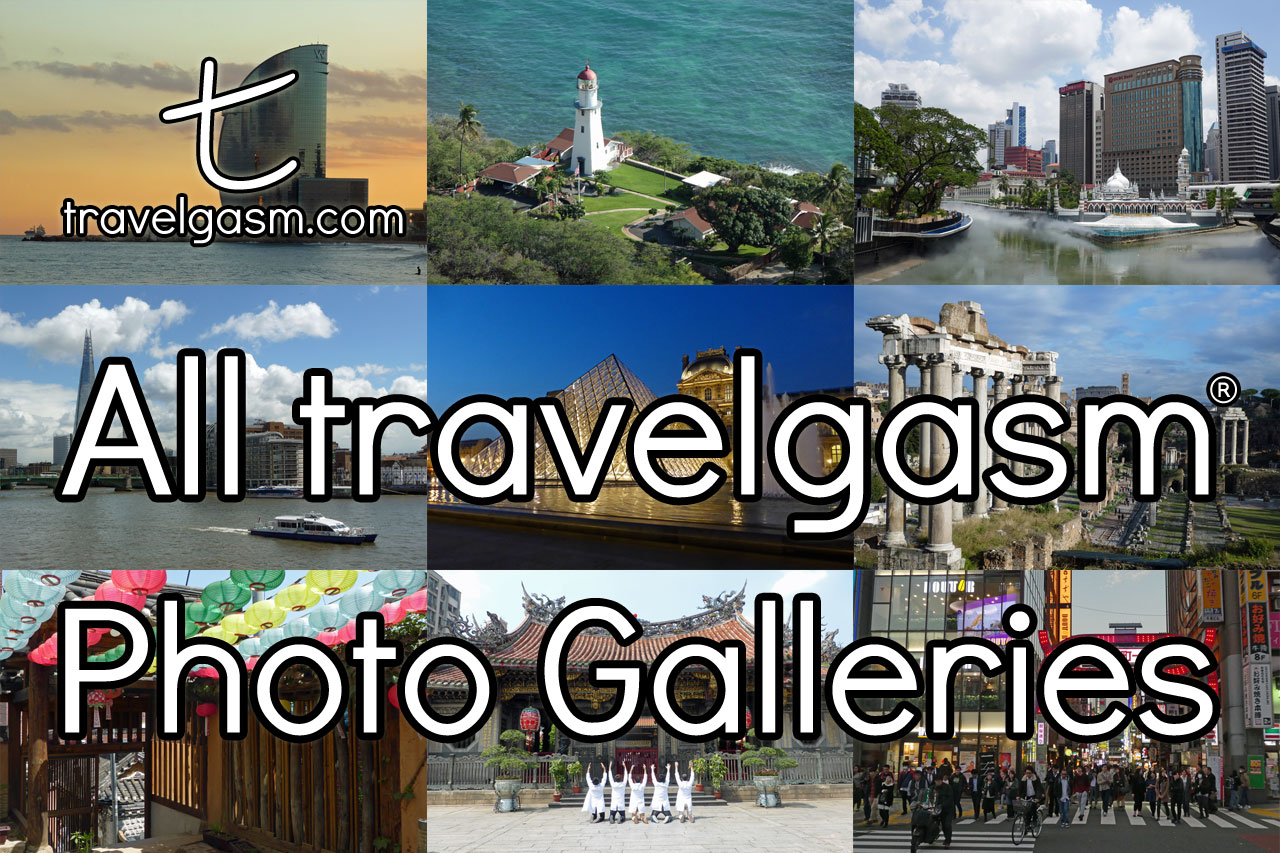Cities > Tokyo > 7 Things Tourists Do in Tokyo That You Should Do Also...
5) See Famous Fish & Decadent Luxury
Tsukiji Fish Market & The Ginza

Tracing its origins back to the 16th century, Tsukiji Market (築地市場) once was commonly reported to be the largest wholesale seafood market in the world. On October 11, 2018, the wholesale portion of the market moved to a new location and is now called Toyosu Market (豊洲市場), but there still is plenty to do at Tsukiji.
The upscale shopping district of Ginza (銀座) is within walking distance from Tsukiji, and travelgasm.com has grouped these two together accordingly. Both can be explored conveniently as a single outing; Tsukiji in the morning and Ginza in the afternoon or evening. We also cover what has changed at Tsukiji, how to get to Toyosu, and who should consider the trek out to the new market.
Tsukiji (築地) & Toyosu (豊洲)
We greatly enjoy markets, large and small, but Tsukiji definitely had become a victim of its own success in recent years with enormous crowds of often pushy and disrespectful tourists. Keeping the "outer" market at Tsukiji for visitors — with its fun street food and shopping options — and moving the "inner" wholesale operations to Toyosu for professionals — so tourists are no longer underfoot directly — made sense for everyone.
The outer market at Tsukiji effectively is unchanged and it continues to officially open at 8 AM. Although some restaurants still are open hours earlier, the most famous sushi restaurants — Sushi Dai (寿司大) and Daiwa Sushi (大和寿司) — each have moved to Toyosu. They are physically larger now and can accommodate more customers, but historically, both restaurants can command multihour lines, even before they open at 5 AM and 5:30 AM, respectively. It can be quicker for either restaurant if you are by yourself because groups often want to be seated together and a single spot will open up more often. Nevertheless, be prepared to wait.
Both sushi joints accept cash only. You should budget at least ¥4000 (US$36/€32/£28 or so) per person for a small meal. We ate at Sushi Dai once years ago, and it was excellent; but, with the ever-increasing wait time — and now inconvenient location — you might instead choose from the dozens of other sushi restaurants in and around Tsukiji Market, many of which Japanese customers rate about the same as the famous ones.
The also famous early morning tuna auction additionally has moved to Toyosu. Thankfully, it no longer requires you to show up at 2 AM to register and wait in line for hours for a chance of receiving one of 120 tickets for a 15 minute auction. However, the new facility no longer allows you onto the auction floor, either. Instead, you can show up at a comparatively leisurely 5:30 AM or so, stroll in, and take a peek from the glass-enclosed observation decks above the perimeter of the auction floor. Or, if you want to get a little closer to the action, you now can register in Japanese about a month in advance online and see if you are selected for a free ticket to watch from a slightly lower mezzanine floor. The tuna auction is much more sterile now — and arguably less of an experience — but it's safer and easier, too. Auctions are not held on Sundays, most Wednesdays, and on Japanese holidays.
If you would really like to learn more about sushi, there also is a well-reviewed Tsukiji Market Walking Tour & Rolled Sushi Class that you might like to book.
Ginza (銀座)
The upscale Ginza district provides a remarkable contrast to the largely industrial Tsukiji next door. Organized as an orderly grid, unlike many neighborhoods in Tokyo, Ginza hosts a location of nearly every notable luxury goods brand in the world and plenty of fancy department stores like branches of the modern Matsuya and Mitsukoshi as well as the iconic Wako, whose beautiful Art Deco building was built in 1923. If you were wondering where to go in Tokyo to find the extremely fancy and expensive cantaloupes, watermelons, and other fruit that you've probably heard about already, they are in the basement of these department stores. The other floors carry a wide variety of clothes, jewelry, and household goods.
On Saturdays and Sundays between noon and 5 PM, one of the main streets in Ginza — Chuo Dori (中央通り) — is closed to vehicular traffic entirely and reserved for people. In Japanese, they refer to this as Hokosha Tengoku (歩行者天国) or a "paradise" for people on foot. Accordingly, weekend afternoons are the best time to visit Ginza.
In addition to wandering around and shopping, another visitor favorite in Ginza is to watch a classic Japanese Kabuki (歌舞伎) performance at the famous Kabukiza (歌舞伎座) theatre. Although it is possible to pre-book tickets for an entire show, Kabuki performances are expensive, methodical, and last for many hours. Aware of the short attention spans of many people nowadays, Kabukiza sells single act tickets, or Hitomaku-Mi (一幕見席), to a portion of a show at the box office on the day of performance. The exact price and time varies, but the acts tend to be both around the duration and price of a blockbuster movie. Kabukiza only accepts cash. You may or may not enjoy Kabuki — compared to modern entertainment, it can be almost painfully slow at times — but it definitely is a proper classic Japanese experience.
Because Ginza is such a posh area, meals tend to be expensive. There are 44 restaurants with Michelin stars in this neighborhood, for example. However, we once enjoyed a relatively affordable Indian curry lunch at Guragon, and there are hundreds of other lunch and dinner options available for less than the price of breakfast sushi at a famous restaurant in Tsukiji or Toyosu.
We've mapped out details of Tsukiji and Ginza and a logical route between them that you could follow either on foot or by metro. Because they are so close together, walking or taking the metro likely will take about the same amount of time. We also have the metro directions to Toyosu.
How to Get Here: Although you also can walk from Ginza, for Tsukiji Fish Market, take the Tokyo Metro Hibiya Line (Silver) to Tsukiji Station (H10). Take Exit 1 and go straight. The market will be on the left side of the street past the beautiful Tsukiji Hongan-ji Buddhist temple. You also could take the Toei Metro Oedo Line (Magenta) to Tsukijishijo Station (E18), Exit A1. For Ginza, take the Tokyo Metro Marunouchi Line (Red), Hibiya Line (Silver), or Ginza Line (Orange) to Ginza Station (M16, H08, G09). Exit A3 is our favorite because you will pop up with the classic view of Wako. For the Kabukiza Theatre, you can walk from Tsukiji or Ginza, or if you are going there directly from elsewhere, it is attached directly to Exit 3 of Higashi-ginza Station which is an interchange between the Toei Metro Asakusa Line (Rose) and Tokyo Metro Hibiya Line (Silver) (A11, H09). For Toyosu Market, take the Yurikamome Line (Private Railway) — which connects most conveniently via the Ginza Line (Orange) at Shimbashi Station (G08, A10) — to Shijo-mae Station (U14). Walk along the attached causeways from the North Exit (北口) to the market. Remember that the metro starts running around 5 AM and ends around midnight.
Cities > Tokyo > Tokyo Best 7 > Next: (6) Visualize Six Trees >>
Like Tsukiji or Ginza? Tell your friends and frenemies on social media that you discovered them first:
Intelligent and good-looking readers of travelgasm.com like you also sign up for our free monthly-ish mailing list.
Live in Tokyo? What tourist attraction do you most like to share with visitors? Spotted anything out-of-date or inaccurately translated? Please tell travelgasm.com. ありがとう. Thanks!




